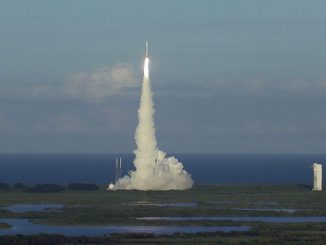
asteroid

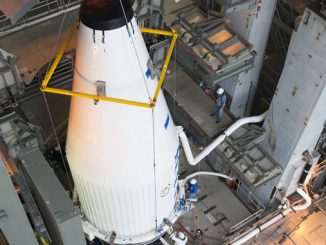

Watch the OSIRIS-REx asteroid sample return mission briefing
Watch as NASA holds a news conference at its Washington, D.C. headquarters to provide a preview of its OSIRIS-REx mission to asteroid Bennu and back. The mission is scheduled to launch on 8 September, reach the asteroid in 2018, capture a sample of the celestial body in 2020 and bring the specimen back to Earth in a special landing capsule in 2023.

See asteroid 2 Pallas at its best during August 2016
During the Perseid meteor shower, second-largest asteroid 2 Pallas passed close to the southeast of globular cluster Messier 15 in the constellation of Pegasus. The minor planet still lies in the vicinity of this beautiful deep-sky object, reaching opposition on 20 August — here’s our in-depth guide to Pallas at its best.
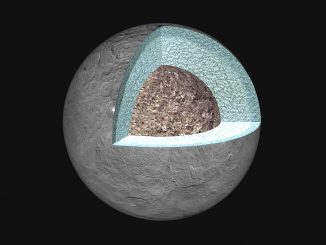
Dawn’s gravity data probes interior of dwarf planet Ceres
By tracking subtle changes in the motion of NASA’s Dawn spacecraft, scientists have mapped the variations in Ceres’ gravity for the first time, providing clues to the dwarf planet’s internal structure. The new data suggest that Ceres has a weak interior, and that water and other light materials partially separated from rock during a heating phase early in its history.
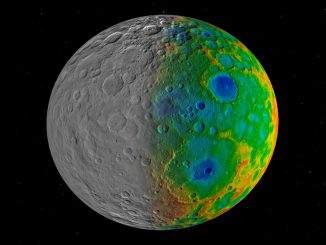
The case of the missing Ceres craters
Ceres is covered in countless small, young craters, but none are larger than 175 miles (280 kilometres) in diameter. To scientists, this is a huge mystery, given that the dwarf planet must have been hit by numerous large asteroids during its 4.5 billion-year lifetime. Where did all the large craters go?
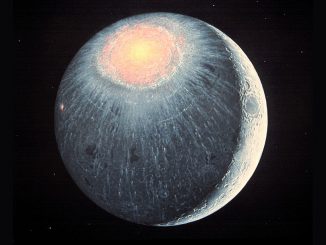
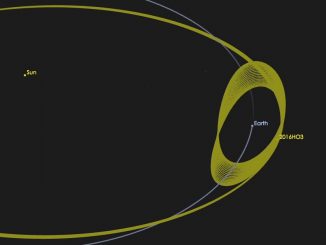
Small asteroid is Earth’s constant companion
A small asteroid designated 2016 HO3 has been discovered in an orbit around the Sun that keeps it as a constant companion of Earth, and it will remain so for centuries to come. It is too distant to be considered a true satellite of our planet, but it is the best and most stable example to date of a near-Earth companion, or “quasi-satellite.”
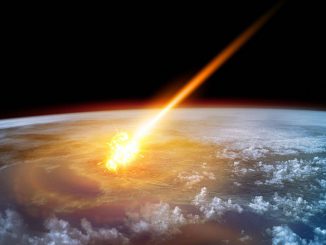
Clues to ancient 15-mile-wide asteroid impact found in Western Australia
An international team of scientists has found evidence of a major asteroid impact that occurred approximately 3.5 billion years ago. Tiny glass beads called spherules formed from vaporised material from the asteroid impact were found in a drill core from Australia in some of the oldest known sediments on Earth.

A piece of the early solar system returns after billions of years in cold storage
Astronomers have found a unique object that appears to be made of material from the time of Earth’s formation, which has been preserved in the Oort Cloud for billions of years. C/2014 S3 (PANSTARRS) is the first object to be discovered on a long-period cometary orbit that has the characteristics of a pristine inner solar system asteroid.
